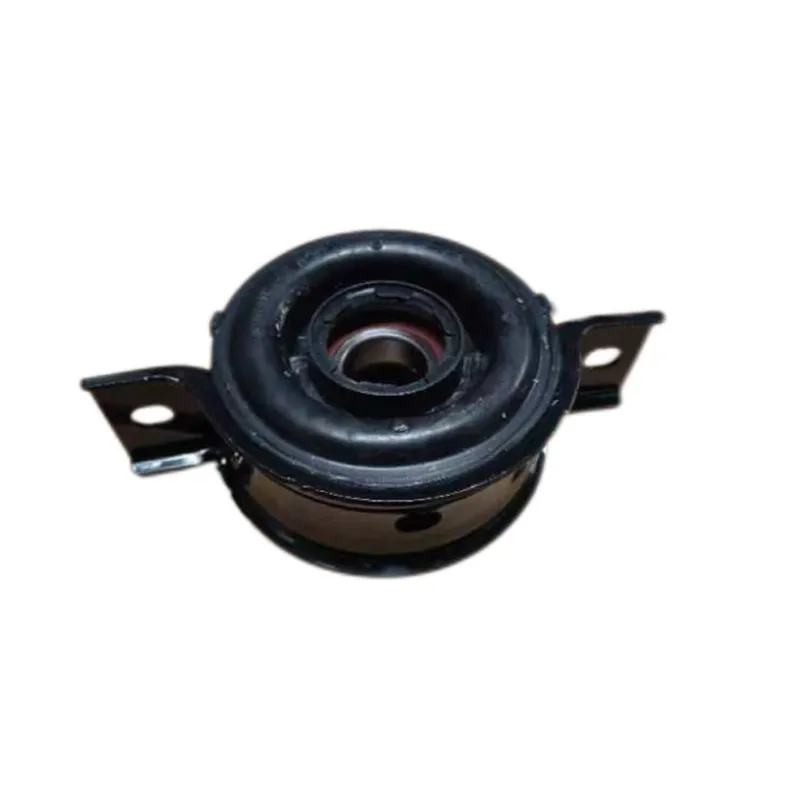Factors Influencing the Cost of Replacing Control Arms in Vehicles Explained Thoroughly
Understanding the Costs of Replacing Control Arms in Vehicles
When it comes to vehicle maintenance, one of the critical components that often requires attention is the control arm. This part, which connects the wheel hub to the chassis of the vehicle, plays a significant role in handling, stability, and overall ride quality. Over time, control arms can wear out due to age, driving conditions, and other factors, leading to the need for replacement. But what are the costs associated with replacing a control arm? Here, we’ll delve into the factors that influence this expense, giving vehicle owners a better understanding of what to expect.
Factors Influencing Control Arm Replacement Costs
1. Type of Vehicle The make and model of your vehicle significantly influence the cost of replacing control arms. Luxury or foreign vehicles generally come with higher parts prices and labor costs compared to domestic or economy models. This is primarily due to the availability of parts—while common cars may have readily available OEM and aftermarket options, rarer models may necessitate special orders, which can drive prices up.
2. Parts Quality When replacing control arms, vehicle owners have the option to choose between original equipment manufacturer (OEM) parts and aftermarket parts. OEM parts tend to be more expensive but guarantee compatibility and quality. In contrast, aftermarket parts can vary in price and quality, with some offering similar durability at a lower cost, while others may not meet safety standards.
3. Labor Costs Labor costs can vary widely depending on your location and the repair shop’s rates. Generally, labor costs can be between $75 to $150 per hour. Replacing control arms is a complex task that usually requires a few hours of labor. Therefore, the overall cost will also reflect the time spent on the job, which is typically 2 to 4 hours based on the vehicle type and shop efficiency.
4. Additional Repairs In some cases, replacing control arms might uncover other issues with the suspension system. For example, worn-out bushings, ball joints, or even shocks might require replacement simultaneously. Addressing these additional repairs can significantly increase the overall cost of the service.
replacing control arm cost

5. Location and Market Variability Pricing can also differ based on geographic location. Urban areas with a higher cost of living typically have higher labor rates. Conversely, towns with fewer repair shops may also have inflated prices due to limited competition.
Average Cost Breakdown
On average, the total cost of replacing a control arm can range from $300 to $800 per arm. This cost typically includes both parts and labor. For instance, OEM control arms might cost between $150 to $300, while aftermarket parts could range from $100 to $250. Including labor, the total bill will ultimately reflect these variables.
Conclusion
Replacing control arms is an essential aspect of vehicle maintenance that can significantly influence your vehicle's performance and safety. Understanding the factors that influence the cost of replacement can help you make informed decisions. It is also wise to seek multiple quotes from different repair shops to ensure you receive a fair price for both parts and labor.
If you notice signs of wear such as unusual noises, poor handling, or uneven tire wear, it’s advisable to have your control arms inspected promptly. Taking proactive measures can save you money in the long run and keep your vehicle operating safely and efficiently.









